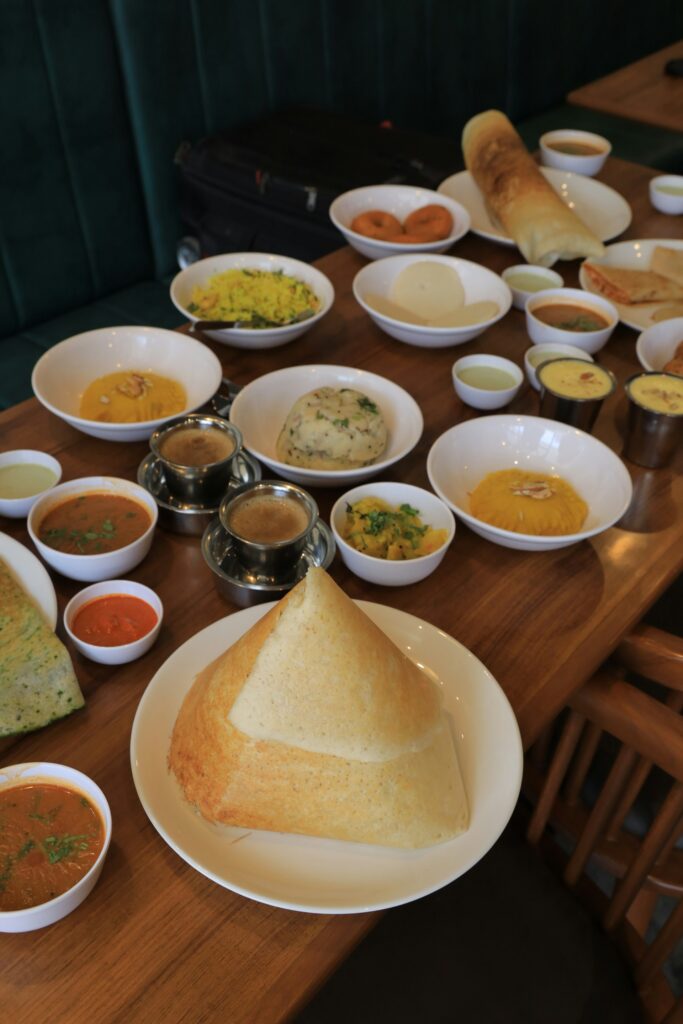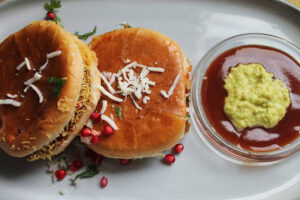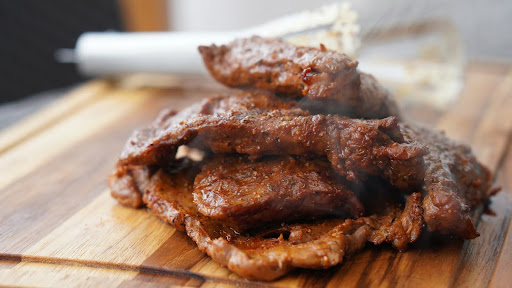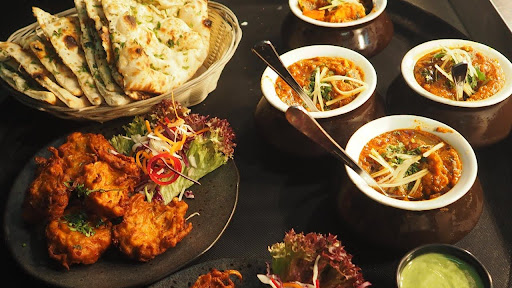India’s culinary heritage is a vibrant mosaic of tastes, textures, and traditions. With each region offering its own signature dishes, spices, and cooking styles, Indian cuisine reflects the country’s incredible diversity.
From the tangy curries of the south to the rich gravies of the north, every bite tells a story steeped in culture and history. As we embark on a culinary journey across the four major regions of India South, West, North, and East we also spotlight the powerful role women play in shaping this dynamic industry.
South India: Spice, Coconut, and Tradition
South Indian cuisine is a delightful explosion of flavors dominated by rice, lentils, tamarind, and coconut. The region comprises states like Tamil Nadu, Kerala, Karnataka, Andhra Pradesh, and Telangana, each with its own iconic dishes.
In Tamil Nadu, idli, dosa, and sambar reign supreme, often served with a variety of chutneys. Kerala, known as “God’s Own Country,” boasts the famous Malabar biryani, appam with stew, and karimeen pollichathu (pearl spot fish grilled in banana leaf). Andhra cuisine is known for its heat think gongura pickle and Andhra chicken curry, rich in chili and spices. Karnataka offers the sweet and savory flavors of bisi bele bath and mysore pak, while Telangana’s sorrel-based curries and millet-based dishes cater to health-conscious palates.
What sets South Indian food apart is its emphasis on fermentation, sustainability, and vegetarianism, especially in temple cuisine that dates back centuries.

West India: Fusion of Flavors and Festivities
The western region includes Gujarat, Maharashtra, Rajasthan, and Goa each with distinctive culinary traditions influenced by climate, trade, and colonial history.
In Gujarat, the cuisine leans vegetarian, sweet, and tangy, with favorites like dhokla, khandvi, and undhiyu. Maharashtrian cuisine offers a wide range, from the fiery kolhapuri chicken to the comforting pav bhaji and misal pav. Rajasthani food is synonymous with royal indulgence dal baati churma, gatte ki sabzi, and laal maas are just a few examples of dishes born from desert ingenuity.
Goa brings a coastal Portuguese influence, with dishes like prawn balchão, sorpotel, and bebinca, reflecting a blend of Indian and European culinary traditions. Coconut, kokum, and vinegar are key ingredients here.

North India: Rich Gravies and Royal Heritage
North Indian cuisine is perhaps the most globally recognized, owing to its rich curries, tandoori cooking, and hearty breads. Punjab, Haryana, Himachal Pradesh, Uttar Pradesh, and Kashmir are the major culinary players in this region.
Punjabi food is known for its robust flavors butter chicken, sarson da saag, and makki di roti are staples. Tandoori cooking, including tandoori naan and paneer tikka, has its roots here. In Kashmir, the royal Wazwan feast includes dishes like rogan josh, gustaba, and yakhni, showcasing the region’s Persian influences.
Uttar Pradesh’s Awadhi cuisine brings dishes such as galouti kebabs, biryanis, and kormas, a reflection of Mughal culinary refinement. Himachal and Uttarakhand offer mountain flavors with dishes like siddu, chha gosht, and aalu ke gutke.
East India: Simplicity, Seafood, and Sweets
Eastern India, comprising West Bengal, Odisha, Bihar, Assam, and the Northeast, is a treasure trove of culinary delights influenced by rivers, forests, and the Bay of Bengal.
West Bengal is famous for its love of fish and sweets ilish macher jhol, shorshe bata maach, and the beloved rosogolla and sandesh. Odisha’s chhena poda, dalma, and pakhala bhata highlight temple inspired food, including offerings at the Jagannath Puri temple.
Bihar’s cuisine is earthy and nourishing, with specialties like litti chokha and sattu paratha. The northeastern states, with their tribal roots, focus on smoked meats, bamboo shoots, and minimal spices axone pork, thukpa, and momochas reflect Tibetan and East Asian influences.

Food Statistics and Industry Insights
India is the second-largest food producer in the world and home to over five million restaurants. According to the National Restaurant Association of India (NRAI), the food services market was valued at INR 4.2 lakh crore in 2023 and is projected to grow at 11-12% CAGR, fueled by urbanization, digital ordering, and changing eating habits.
Interestingly, over 60% of Indian households still cook traditional meals daily, reflecting a deep-rooted culinary culture that values home-cooked food.

Women: The Silent Pillars of Indian Cuisine
Behind countless iconic dishes and thriving food businesses are Indian women both at home and in the commercial space. Traditionally the gatekeepers of family recipes, women now also lead successful ventures from street food stalls to Michelin-starred restaurants.
According to the Ministry of MSME, over 20% of food processing units in India are led by women entrepreneurs. Initiatives like the SHG (Self-Help Group) movement and government schemes like PMFME (Pradhan Mantri Formalisation of Micro Food Processing Enterprises) have empowered women in rural and urban areas to formalize and scale their food businesses.
Home chefs, food bloggers, and culinary content creators many of whom are women now command significant influence in the digital space, changing how Indians discover and engage with food.

Fascinating Food Facts
India has over 30 distinct cuisines, with more than 2,000 documented traditional recipes.
Masoor dal (red lentil) was found in Indus Valley Civilization archaeological sites, showing ancient culinary continuity.
Indian thalis (meal platters) can have up to 25 different items, especially during festivals or weddings.
India is the largest producer of milk, pulses, and spices in the world.
The longest vegetarian tradition in the world is practiced in India, with nearly 30% of the population identifying as vegetarian.
From ancient temple kitchens to modern-day food startups, Indian cuisine is a living, evolving celebration of culture, history, and community. As we taste our way across the nation’s regions, we are reminded that food is not just sustenance it is identity, connection, and art.
